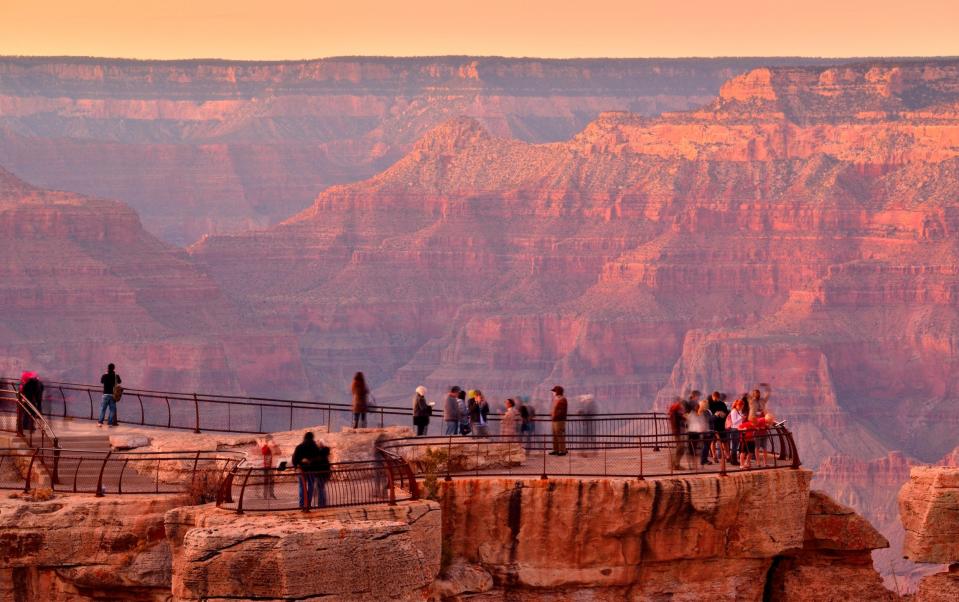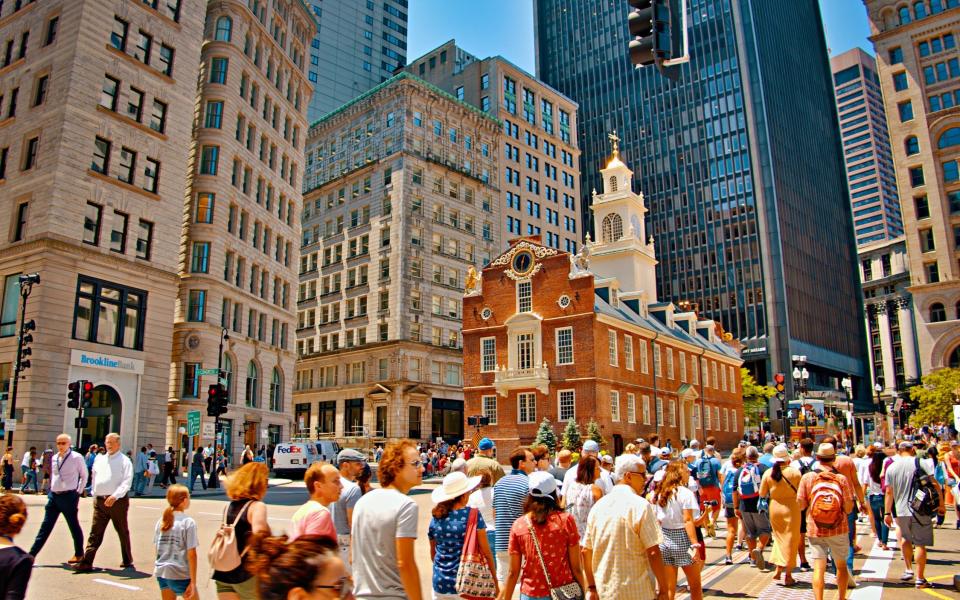It was Mark Twain or Benjamin Disraeli who came up with the adage about “lies, damned lies and statistics,” and the potential unreliability of large numbers used to support otherwise flimsy arguments. Twain once stated that he adopted the phrase from the former British Prime Minister, even though it is not in Disraeli’s papers, and there is no recorded incident of him uttering it. So maybe Twain should take the kudos. Of course, he was a man – the real Samuel Clemens – who spent his career behind a pseudonym, so it’s probably appropriate to give him credit for a few words of wisdom about dissembling.
Still, whatever and whoever the origin is, those five bon mot often come to mind when you are presented with an important survey, packed with weighty figures and calculations.
That’s the situation with the Travel and Tourism Development Index (TTDI) – a biennial report produced by the World Economic Forum, the 2024 edition of which was published last month. This is only the second iteration of this mighty tome – but the first (the inaugural document was released in 2022) to look at the state of the global tourism industry without the tentacles of Covid restrictions wrapping around the findings.
With this in mind, it should come as no surprise that the main focus is on restoring the planet. The dominant headline is that international travel has returned almost to pre-pandemic levels. But only just – with the sector only 0.7 percent higher than in 2019, and only then, if scores are averaged across the world.
This was probably evident on your last trip to an airport, where there were lines and delays de rigueur before Covid has regained their length and their regularity. In short, people are traveling again, just like five years ago. Onwards and upwards.
But if you look beneath this top ‘discovery’, the TTDI also offers a range of intriguing tidbits and bits of information – especially its ranking of 119 countries in order of their strength as travel destinations. In this case, “strength” means “being good at being a place that people can and want to visit, based on various factors.”

Which, in no particular order, boils down to important things like travel infrastructure (airports, road networks and the like, to ensure you can get around), safety and security (is it safe to go there and stay there?), natural and cultural resources (are there fun, interesting things to gawk at, and is it all well protected?) – and perhaps most crucially, the prioritization of tourism (is tourism actively wanted and promoted, rather than tolerated and put up with? ).
All solid stats, you might say. Although these are also the kind of metrics that point to developed economies and rich countries. Inevitably, the upper reaches of the list they form contain no real shocks or unexpected outliers. The top 10 is crowned by the United States, with Spain in second place and Japan (the winner in 2022) in third. Then comes France in fourth, Australia in fifth, Germany in sixth and Great Britain in seventh. China (eighth), Italy (ninth) and Switzerland (10th) complete the membership of this elite club.
A club with little membership turnover. Of the ten countries listed above, nine made the top ten in the 2022 edition of the report – the only difference, apart from a slight change in the order, was China’s jump from twelfth place, at the expense of Singapore (the island republic was ninth in 2022, but drops to 13th in 2024). Both the top 10 of 2022 and 2024 make sense.


Apart from the recent anti-tourism protests in Mallorca and Tenerife, which suggest that parts of Spain are no longer happy to be overrun by sun worshipers in the summer (and to suspend the annoyance you felt the last time you tried to catch a train by taking Britain) ), logic is alive and well here. These are great countries where things generally work – certainly well enough that you might want to spend time there.
But it’s the US’s rise to the top that makes the most sense. The second place in the 2022 poll certainly reflected the White House’s relative slowness in reopening the borders as Covid’s power waned — it wasn’t until November 2021 when the likes of New York JFK, Washington Dulles and LAX began to fill with international tourists. But now that the virus has fully retreated and US airports are fully open again, that anchor is now being raised.
You could say that JFK and LAX are curious examples to mention if you want to argue that the US is a hospitable holiday destination. The passport counters at the country’s busiest airports are rarely places where you’ll encounter a smiling face and a sunny view – despite all the questions about what you’re doing there, how long you plan to stay and whether you’re carrying that kind of sheaf. of notes showing that you are an undercover narcotics baron, or planning to quietly move to Ohio.


But once you overcome the twin hurdles of the fingerprint scan and the steel glare, America actually is a hospitable place. Those effusive exhortations to “have a nice day” – or the giddy cry of “perfect choice” that accompanies even your most standard breakfast order at a downtown restaurant – may not always be uttered with absolute sincerity, but the U.S. has has long held the position that a cheerful disposition is better than a grimace and a frown.
And yes, you may end up paying more for this culture of service, up to 20 percent off your bill. But ask yourself: Do you prefer the enthusiasm and coffee refills at the Miami restaurant to the shrug and indifference of the Parisian waiter?
Regardless of how (in)sincere the greeting is, there is plenty of authenticity elsewhere. From the Grand Canyon and Yosemite to Big Bend and the Badlands of South Dakota, there is a depth and beauty to much of the American landscape, and to the national parks that hold it sacred. From Boston to Seattle via Austin, San Diego, Nashville and Denver, there are cities with vibrant cuisine and culture.


And even better: you can travel between them. The tangled web that is the US air and road network (the train system is a little slower) means you can easily hop from A to B and on to J – and that, if you want to stop in Detroit, Albuquerque, Phoenix, Omaha or St. Louis on the way, that’s possible.
Granted, much of the above can be found in 2022 Japan, where the welcome is more subdued but always polite, and a world-class railway company connects the neon lights of Tokyo to the temples of Kyoto – and the ghost stories of Nagasaki beyond.
Perhaps, if time permits, you should take a tour of both. Compare and contrast, and all that.
But to return to Twain and/or Disraeli, there are “lies, damned lies and statistics.” And while a higher position in the Index is certainly a reasonable guarantee of a destination’s quality, a place at the bottom of the index is not the damning indictment you might think.
In the lower reaches of the report, Jamaica (84th) and Trinidad and Tobago (89th) are mentioned – both home to some of the most beautiful beaches on the planet, with warm weather to match. This also includes Morocco (82nd) and Tunisia (83rd), where history and landscape shimmer and vibrate in souks, deserts and mountains. And it finds room for Zimbabwe (110th) – where the safari zones are alive with roar and claws.
It is true that your journey may be a little more difficult. You can’t travel through these countries on a high-speed train and also not expect flawless phone coverage in every square meter. But travel has always been about more than just survey statistics, or the big numbers that support those numbers.